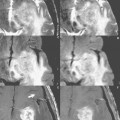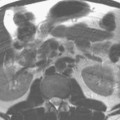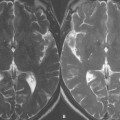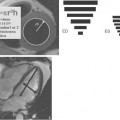81 Parallel Imaging: Part 2
Speed of acquisition and signal-to-noise ratio (SNR) are closely related, critical parameters in the pursuit of diagnostic quality MR scans. Since the clinical introduction of MR in the early 1980s, software and hardware advances have been consistently made, permitting faster and higher quality (improved spatial resolution and SNR) exams. A major early advance was the introduction of surface coils, which led eventually to the multichannel phased array systems available today. Surface coils offered improved SNR but limited anatomic coverage, which was overcome by the use of carefully engineered combinations of surface coils. For example, attention has to be given to coil decoupling. Severe coupling between surface coils makes multiple coils operate as one large coil, and the benefits of a phased array is lost. The term phased array in reference to MR surface coils comes from radar and ultrasound, where a similar situation exists. To reduce the effects of coupling between coils, mutual inductance has to be minimized, for example, by using appropriate coil overlap, or alternatively by coil design with orthogonal modes (CP mode), and by isolation via separate preamplifiers. For an ideal orthogonal mode, effects of coupling are eliminated, noise correlation is zero, and there is no need for isolating preamplifiers. Thus different coil arrangements can be linked together creating different “modes.”
The aim of all these arrangements is to maximize the SNR for the selected coil setup or to optimize regional coverage at some expense in SNR. One difficulty is that the detected signal is greater close to the coil than it is at areas farther away. To deal with this problem, a normalization filter (see Case 82
Stay updated, free articles. Join our Telegram channel

Full access? Get Clinical Tree








